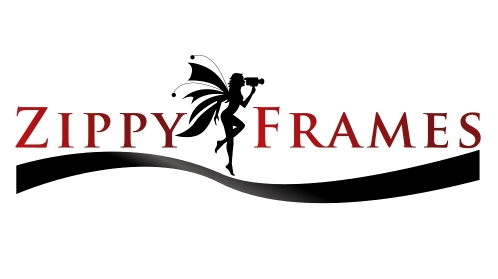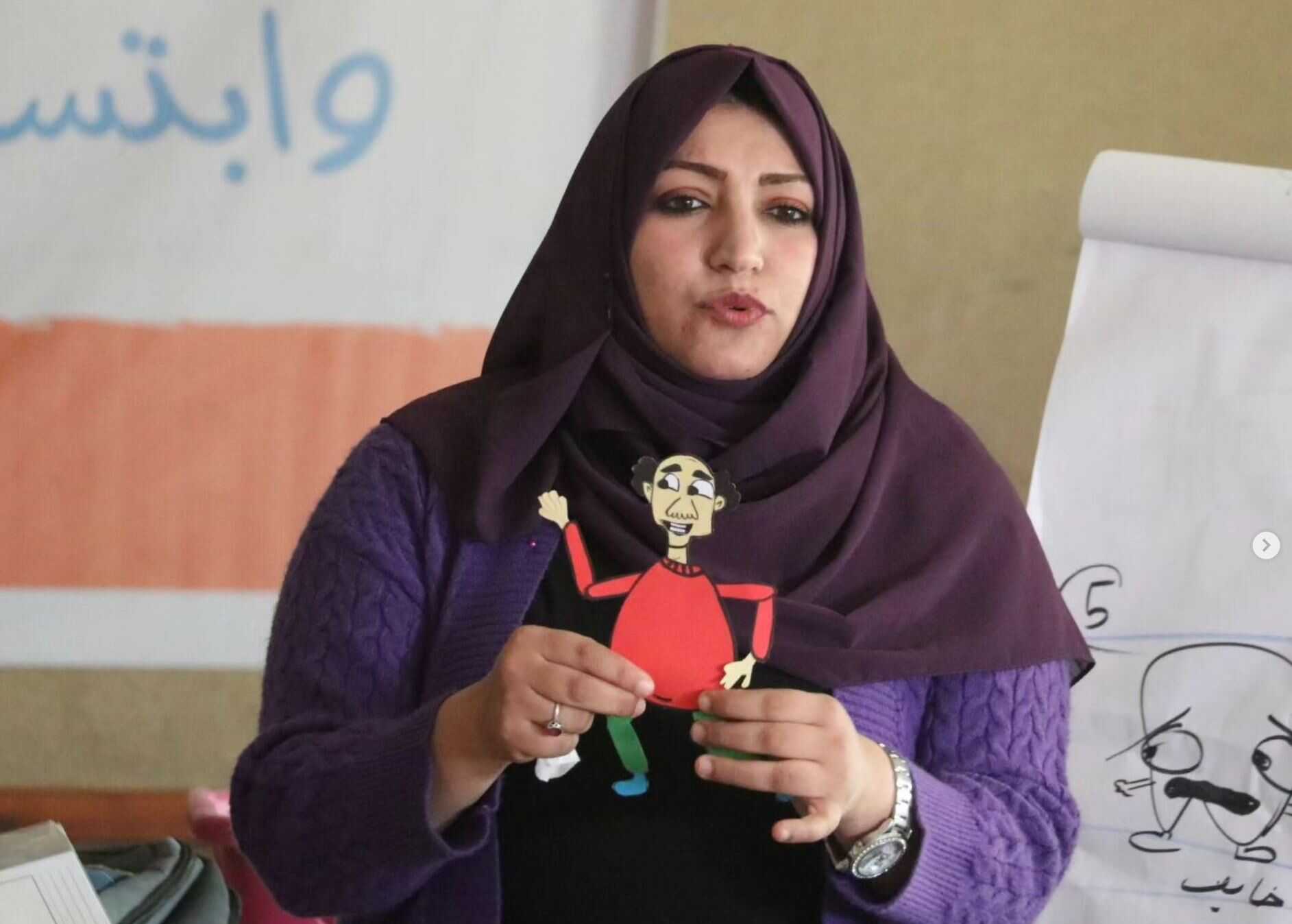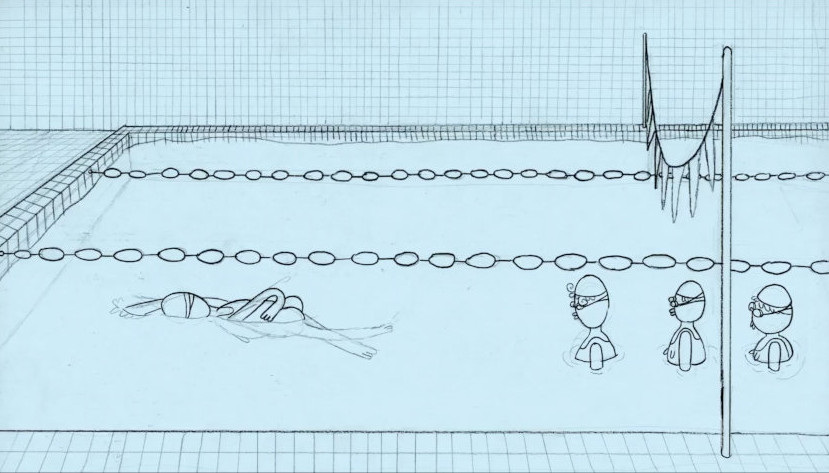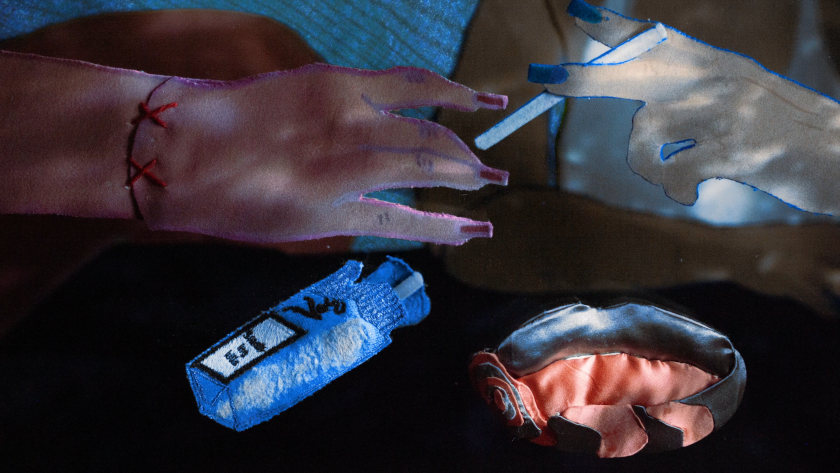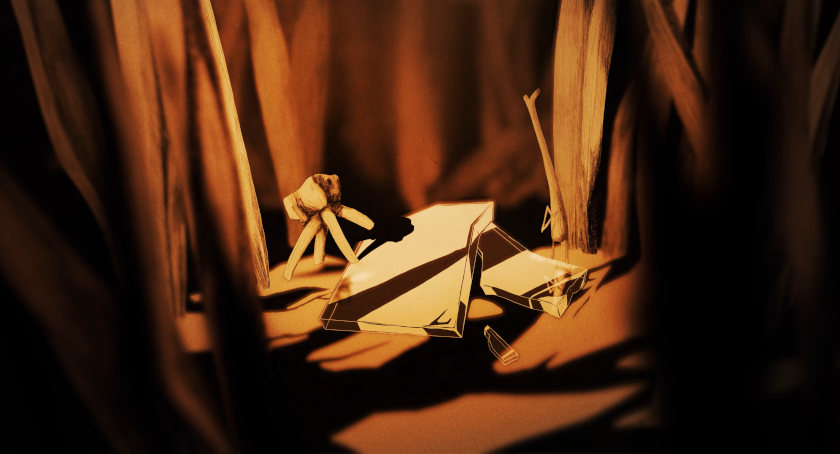'Wind Whisperer' by Ferri Caicedo
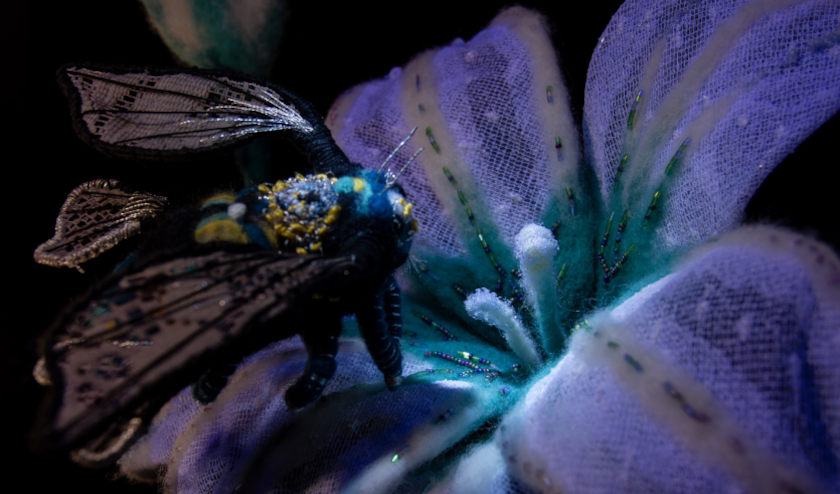
Cicada is the insect symbolically used in the stop-motion animation short 'Wind Whisperer' (Testigo del Viento) by the Ecuador-born animation artist Ferri Caicedo. The atmospheric short (a student work from Bauhaus-Universität Weimar) went on to participate in festival competitions such as Animafest Zagreb and Stop Motion Montreal; it portrays the fragile sparkle of life and the transformation of a cicada's passing state -in a soundtrack that also stays in your mind.
We had a talk with Ferri Caicado on the occasion of the film's online release.
ZF: The film gets its inspiration from a sad event. Can you discuss how that event helped you work on the film?
FC: One of the most vivid and conscious memories I have of my childhood is the fear of death, the fright of disappearing and becoming nothing. When it was time to work on my thesis project a very dear and close aunt went through a very aggressive process of cancer and passed away very quickly. Months later my grandmother also passed away. Both were named Piedad. The pain of losing them both and being so far away from my country and my family at that time led me to a very dark moment. Childhood fears came back to haunt me but I was no longer a child and I wanted to work on this intimate and complex subject through my maturity and my knowledge of textile work, animation, and photography. 'Wind Whisperer' is my grieving process; it is also an offering to these two women, to my two Piedades, and their legacy.
ZF: Why did you choose the cicada and not any other insect? What was unique? And how did you work with the film text?
FC: “Como la cigarra” is a song composed by the Argentinian Maria Elena Walsh which for Latin Americans is an emblematic symbol of freedom and the desire for hope. This song was created under a context of political repression and transcended from generation to generation throughout Latin America marked by violence becoming a song that comforts and nurtures. The cicada is by nature the symbol of the desire to live. Some species live up to 17 years as nymphs under the ground until they finally grow wings, come out of the ground, and sing. My grandmother liked to sing, so for me the cicada is my grandmother, singing to life, singing to me. The process of creating the short film was very intuitive. I needed to develop the main character and at the same time, I began to vent my feelings, to write them freely with time everything made sense, and this poem was born, a poem that has the character of a legend.
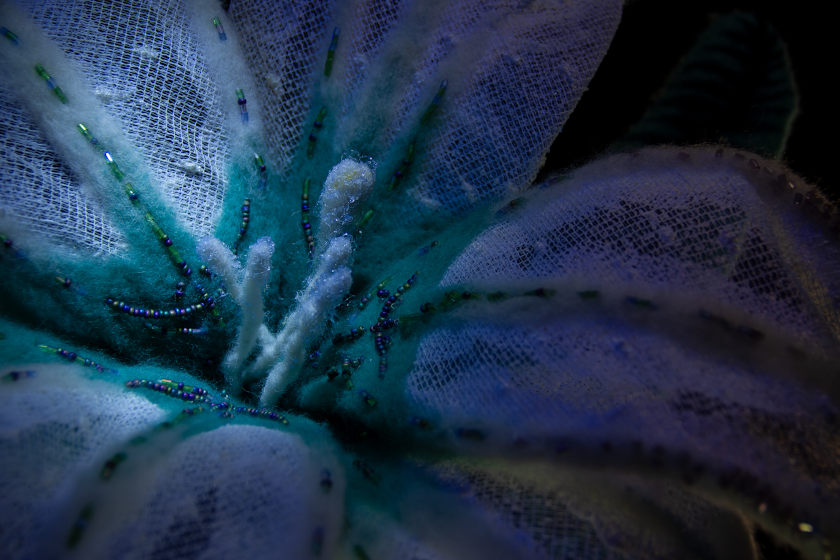
ZF: How did you work with the textiles in animation? What were the primary materials you used? Any difficulties you experienced in animating?
FC: In 'Wind Whisperer' textile work is a symbol. Using textiles is part of the tribute because my two Piedades and my mother taught me to sew, mend damaged clothes, and repair with threads. So working with textiles was for me a way to be close to my family. In this way, textiles are both a personal value and a family legacy as well as a universal symbol because threads naturally have the effect of connecting, repairing, of creating nets that support, and weave that shelter. I used mostly needle felting and old fabrics. I like the warm feeling that felt evokes and how versatile it is to create shapes and subtle movements that resemble nature's organic movements. I used replacement and also transformation through touch. It was complex to animate such small and delicate objects and achieve a fluid rhythm, but I will continue to use this type of material without a doubt.
ZF: The voice-over and the music are distinctive. You choose to do the voice-over, while the music is delegated to various hands. We'd like to know more about both two.
FC: At first I considered delegating the voice-over to a professional, but as the project developed I felt that if I contributed with my voice the short film would be more authentic. The music wasn't developed especially for the film; I found it little by little while writing and building the puppets and sets. I think that when you give yourself fully to a purpose, life puts you in situations or circumstances that just fit. So in a very organic way, I found collaborators that allowed me to use excerpts from their musical pieces and with the help of my wonderful sound designer, Alejandro Weyler, we built a mysterious and at the same time warm sound atmosphere. All the music projects are Ecuadorian, this point is particularly important to me because I am interested in supporting my people and my small country is known for its cultural richness.
ZF: This is a student film; is this your first film, and have you experienced issues with schedule and deadlines?
FC: It's not my first short film, it's my second one, but it has been the most complex project I've done, both in concept and technique. To develop it I had to take several breaks and extend two semesters because it took me three years to finish it and 70% of its development was during the pandemic. Of course, it is important to mention that I decided to work alone. One of the biggest challenges I faced was having almost no professional equipment; this was both a curse and a blessing because achieving certain effects and movements that could be easily solved with equipment became extra work and had to be thought of and built in a different and much more analog way. But this allowed me to learn a lot about set design and it was also training for me to have a much more problem-solving mentality.
ZF: I liked the film's third part when you show the skeleton and the skull -as being rejuvenated. Was that bit already from the film's conception?
FC: Yes, since the film's narrative structure was clear this part was thought out and conceptualized. While it is true that many things were developing along the way, it was clear that the film's rhythm was ascending and it needed an open and fresh ending. I found it complex to divide the film into 3 acts and make the cicada's symbolism pass through the last 2 acts where it physically changes and perhaps disappears. Still, it was important to show that sense of transitoriness and transfiguration.
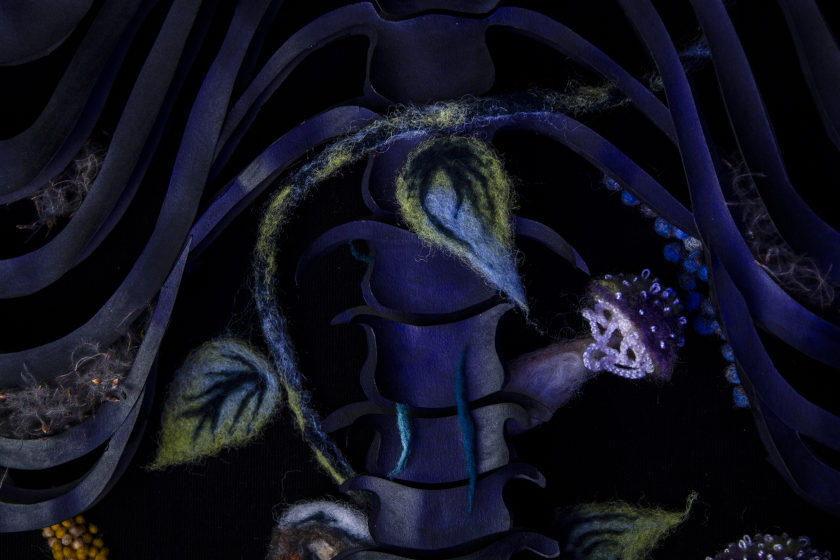
ZF: Do you think that stop-motion gives you the tangible feeling to create such stories or was this a one-time effort only? Would you try stop-motion and textiles again?
FC: I am absolutely devoted to manual labor and analog animation because I have discovered sensitive ways of being part of the world via these practices. Through textile work and analog animation, I have learned to perceive and value a language that transcends the verbal and that, like a conductive thread, repairs, connects, and conjugates personal myths, transforming them into weaves that sustain and shape the collective. It is poetic for me to recognize the link between the visible and the non-visible, between the living and the inert, and to recognize the human imprint in the material and the expressive mark that springs from the animator's intention, whose magic tools are patience and time. Long live stop-motion!
Watch 'Wind Whisperer':
Film Review (Vassilis Kroustallis):
'Wind Whisperer' has its ethereal yet highly symbolic quality written to its fingerprints (or cicada's wings) from the start, yet Caicedo lets the story unfold in a natural (and sometimes investigative) way. It's always a treat to see how these textiles combine to form the various stances cicada takes regarding its environment. The treat extends from the visual to the aural, with the carefully prepared sounds giving the sense of haunting and redemption at the same time. Movement and exploration through the night space give the film its distinctive quality, which intensifies in the third act, and almost crowns the whole film. A gentile and still glowing meditation on grief and life.
About Ferri Caicedo:
Ferri Caicedo was born in Ambato-Ecuador. She studied photography at the Metropolitan Institute of Design in Quito. Her photographic work in Ecuador led her to make documentary photography projects and experimental portraits, focusing on exploring archetypes, legends, and the Andean collective imaginary. In 2016 she moved to Germany to study multimedia art and design at the Bauhaus University of Weimar. Her projects have as axis the research of personal myths, their intuitive exploration, and collective transcendence. For this, she investigates the interaction between concept, material, light, movement, and sound. One of her passions is stop-motion animation. Insta: @laferricaicedo
